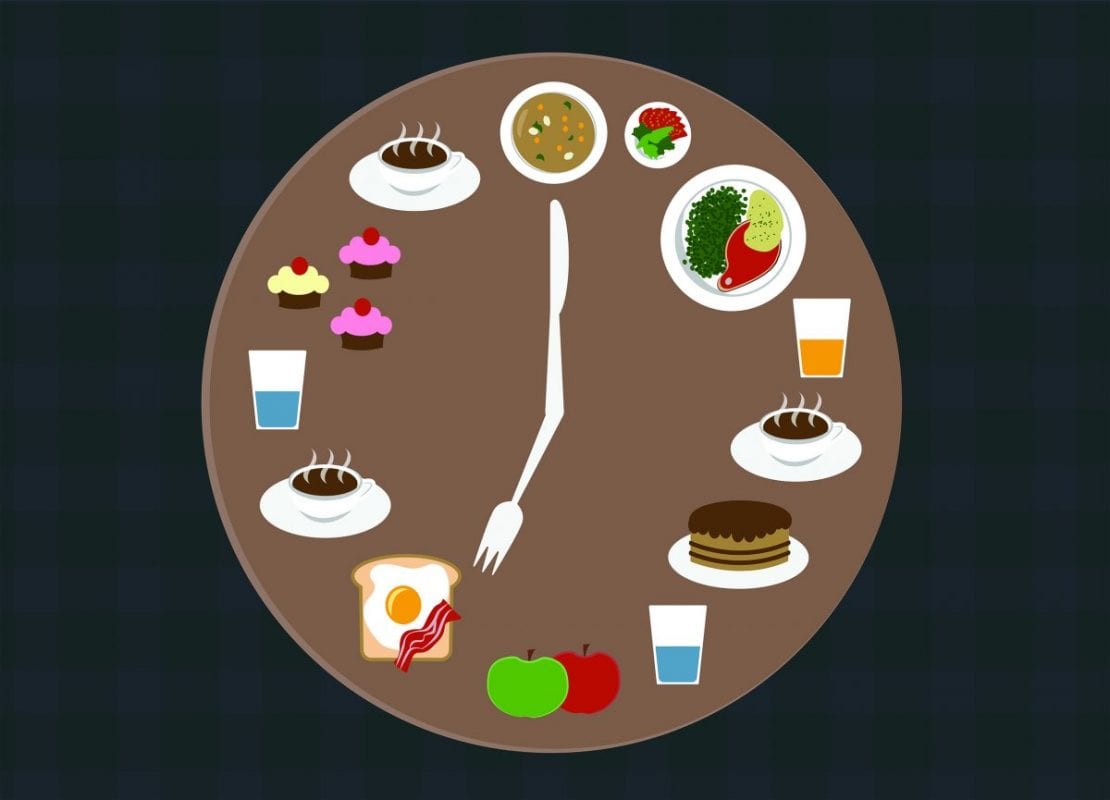Meal timings affect weight in ways like lower appetite and improving fat burning. Strategies of meal timing such as eating earlier in the daytime and internal fasting have proved to help lose weight in research. These strategies help in losing weight by lowering the appetite rather than burning calories. Some healthy and natural weight loss products can also help in doing so, like Prorganiq.
According to Eric Ravussin, associate executive director for clinical science at Louisiana State University’s Pennington, “Our body’s internal clock can be a powerful strategy for reducing our appetite and improving metabolic health.”
Meal timing strategies can help lose or maintain weight, as these strategies naturally appear to curb appetite, assisting the people in eating less. These strategies help people to burn more fat on average in 24 hours.
BEST TIME TO EAT?
Figuring out the Best Time to Eat can be confusing as our body is not a clock, but it does have an internal clock called “circadian rhythm” that keeps our body functioning on a schedule. It helps the body in adjusting to environmental changes, sleep, and eating.
What food you eat affects the body, but when you eat that, food also affects. The timing of our meals affects body weight regulations. Researches have shown that eating lunch after 3:00 p.m. helps in losing weight, whereas the schedules of dinner and breakfast do not affect. An overnight fast can also help reduce the weight as in this state, the body uses its fat for energy.
Some suggested eating time might be:
1) Breakfast before 10 a.m. after a good exercise session
2) Lunch before 4 p.m. keeps a gap of at least four hours between breakfast and lunch.
3) Take lunch before 10 p.m. try to eat less at dinner and not too close to your sleeping time.
SCHEDULED EATING TIMES:
Your body is set on a schedule when you eat at certain times every day. It takes several days for the body to adapt to this schedule. Regular mealtime plays a vital role in body weight adjustment. When you eat the same amount every day at the same time, it sets the body on a schedule. Our body gets typically hungry every three to five hours. For curbing your appetite, eat vegetables and cheese between meals.
BREAKFAST BEFORE OR AFTER THE EXERCISE?
It is widely believed that having a tasty and nutritious breakfast is good for health, and having an exercise session after that is beneficial. The truth is exercising before eating or drinking anything is more useful for losing weight.
A well-known trainer in the UK gave a tip that cost 1500 Euro to the customer regarding morning meals and exercise. The man weighed more than 120 KG; he was told by the trainer to follow his tip for 20 days and get the results. The advice was not to eat or drink even a drop of water in the morning and to go and have a slow walk for about an hour, and after that, he can take breakfast.
The second part of the trip was to drink 10 litres of water daily. After 20 days, the results came, and within three months, his weight dropped to 65 KG. This shows the importance of exercise before having your day’s first meal.
PERKS OF EXERCISE AND FASTING TOGETHER:
Oxidative stress is caused by exercise and fasting together, which helps counteract muscle ageing, so if losing fat and improving muscle health is your primary goal, then working out. In contrast, fasting, which is the best way to do so.
Fasting for about 14 to 18 hours also activates autophagy as if you are fasting for about 48 to 72 hours. Autophagy is the process in which the body cleans out damaged cells for regenerating newer and heather ones.
RESEARCH ON MEAL TIMINGS:
Let us discuss research carried out on two different groups of participants on two different meal timings. It was a controlled schedule with three meal timings. In the first 12 hours, the period breakfast was at 8:00 a.m. and dinner at 8 p.m.
The other was an eTRF schedule in which participants had three meals in six hours with breakfast at 8:00 a.m. and dinner at 2:00 p.m.
The same amount and type of food can be consumed on both the schedules. The fasting schedule for the controlled group was 12 hours, and for the eTRF plan, it was 18 hours per day.
These participants followed different schedules for four days. On the fourth day, the researchers placed the participants in a respiratory chamber for measuring their metabolism. Here researchers measured the number of calories, carbohydrates, fat, and protein burned by them. The participant’s appetite level was measured after every three hours while they were awake, and the hunger hormones were also measured in the morning and evening.
The eTRF did not affect the number of calories the participants burned; the researchers found that eTRF lowered levels of hunger hormones and improved some aspects of appetite. This also increased fat burning over 24 hours as well. By testing eTRF researchers found that they were able to kill two birds with the same bullet.
This study helped provide more information regarding the pattern of eating rather than just what you eat; this can be essential in achieving a healthy body weight.
Author Bio:
John Brooks is the Professional Content Marketer. He writes a lot of articles on his career. Last one year he has been working with Orbeen.com as a digital marketing expert. The company provides various types of Digital Marketing services i.e, Search Engine Optimisation (SEO), Search Engine Marketing (SEM), Social Media Optimization (SMO), Web design & development, Link Building services, Outreach guest post, Content Marketing & blogger outreach.









